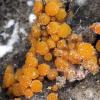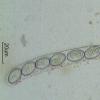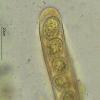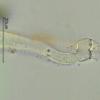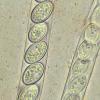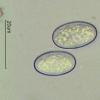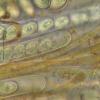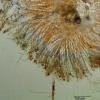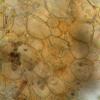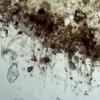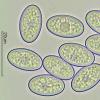
02-04-2017 12:51
 Rubén Martínez-Gil
Rubén Martínez-Gil
Hola, buenos días a todos. Subo unas fotos de un

04-04-2017 21:40
 Bernard CLESSE
Bernard CLESSE
Bonsoir à tous,J'ai trouvé tout récemment cet H

04-04-2017 17:54
Hi againThis Cyathicula species was growing on old

04-04-2017 17:17
 Lothar Krieglsteiner
Lothar Krieglsteiner
In the moment I try to actualize myself in respect

04-04-2017 06:44
Roland LabbéBonjour !Voici un disco qui a poussé sur excréme

03-04-2017 22:32
 Bernard CLESSE
Bernard CLESSE
Bonsoir à tous,Que pensez-vous de cet asco, malhe

01-04-2017 17:18
Me mandan el material y me dicen "Encontradas en C

Hola, buenos días a todos.
Subo unas fotos de un asco que encontramos ayer sobre tierra y algún resto de hojas en una chopera recién talada.
Esporas con gútulas en su interior, que miden 16,5-19 x 10-11 micras.
Ascas no amiloides, pleurorrincas.
Vistos pelos ¿hifoides? en base de apotecio.
En el campo, pensé en Cheilymenia granulata pero creo que no encaja.
¿Podrían ayudarme?
Gracias por sus respuestas.
Rubén

Saludos
Javier

Oh, sí, gracias Javier, Enrique.
Macroscópicamente pensé en alguna especie de Inermisia, pero al ver las esporas ya me hizo pensar en otros géneros.
Saludos
Rubén

